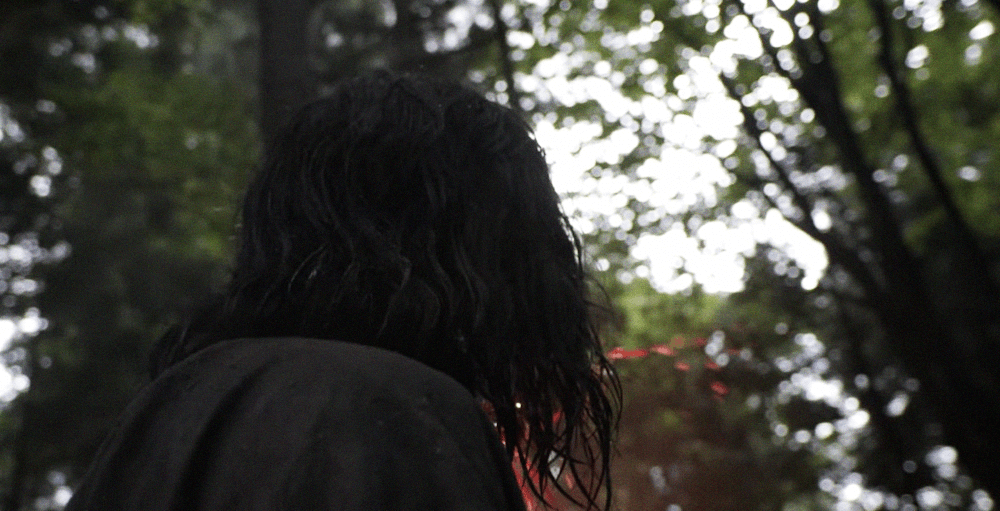
KILLING
(斬)
dir. Tsukamoto Shin’ya, 2018
80 mins. Japan.
In Japanese with English subtitles.
GET TICKETS
FRIDAY JULY 7 – 10 PM
SATURDAY JULY 22 – MIDNIGHT
MONDAY JULY 24 – 7:30 PM
WEDNESDAY JULY 26 – 10 PM
Spectacle invites you to cool off this summer with a special New York City engagement of KILLING, the most recent masterpiece by Japanese filmmaker Tsukamoto Shin’ya.
Set in the 19th century, KILLING concerns a wandering swordsman named Sawamura (played by the filmmaker) who recruits a young farmer named Tsuzuki (Sôsuke Ikematsu) for an anticipated trip to Edo, with intention to help topple the crumbling Tokugawa shogunate. Sawamura’s would-be disciple is eager to learn the ways of the ronin to the point of neglecting less-exciting chores on the farm, but finds himself paralyzed when a pack of roving outlaws impose themselves on his village. What follows is a dense meditation on the preventability (or inevitability) of violence in the moment of decision, described by Tsukamoto as a “scream” of a film in response to the state of the world.
Far less pulpy than Tsukamoto’s genre riffs A SNAKE IN JUNE or BULLET BALLET, KILLING juxtaposes the natural beauty of the Japanese countryside with the hideousness of human nature. Fans of Michael Mann’s action painting with lightweight digital cameras in MIAMI VICE and PUBLIC ENEMIES will find much to learn in the brief, unforgettable battle sequences choreographed by Tsukamoto – pointed rebuttals to the kind of gratuitous massacres of consequence-free death and violence that make up so much genre cinema today.
While KILLING enjoyed success on the festival circuit in 2018, the film never received a traditional theatrical run in the United States, playing only a handful of times in New York City (first at Japan Society, last fall at BAM as part of a full Tsukamoto retrospective.)
“KILLING’s few fight sequences have the same gnashing energy as Tsukamoto’s city-punk classics TETSUO: THE IRON MAN and TOKYO FIST, but deployed to more judicious ends: blood is drawn as a last resort, there’s no glory in felling your opponent, and Sawamura and Tsuzuki’s blades are so fine they appear almost translucent, ethereal, out of focus. Tsukamoto’s signature camera language gives tactile proportion to the older samurai’s swiftness with the blade, while his would-be student’s trembling inability to fight becomes a core—you could even say fatal—insufficiency, recalling the psychosexual mania of DUEL IN THE SUN or THE LEFT-HANDED GUN.” – Daryl Jade Williams, Cinema Scope
“It wouldn’t be a Tsukamoto film without entangled brutality and sexuality, frustrations taken out in furtive masturbation, physical assault as lust, and other attacks on the flesh. Handheld camerawork avoids the stuffiness plaguing most period pieces, pulling viewers out of history and into the story’s present-tense. The film gets literally darker with each slice of the sword, its emphasis of futility a long way from TETSUO’s full-blown nihilism. The film ends on a perfect note of horror asking, with a kill completed, what exactly died?” – Danielle Burgos, Screen Slate
